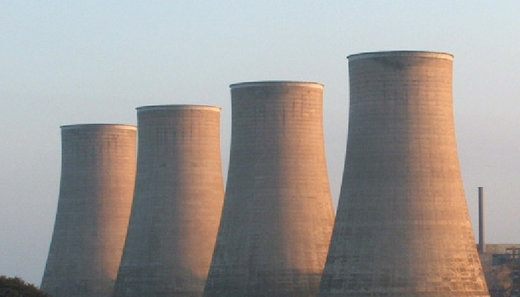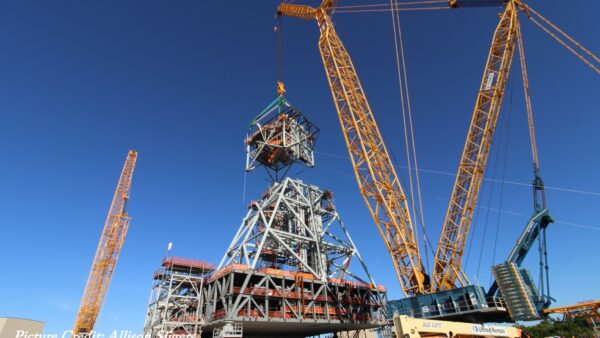8 January 2014
While the conventional nuclear new-build sector is still heading off a cliff in the US, a faint glow of hope appeared on the horizon when the government finally chose who to back next in the development of mini reactors. Rod Sweet reports
They’re called Small Modular Reactors, or SMRs. They’re small because they max out at about a third of the size of a conventional reactors, and they’re modular because the standardised components are manufactured and shipped to site for easy assembly.
Modular, too, because you can put in more of them at a site if local power demand goes up.
They’re cheaper to build, and safer, according to the US Department of Energy (DOE), both because of new, passive safety features and also because you can put them underground.
You can also deploy them in unique situations – to power remote towns or industrial operations like water desalination or oil drilling and refining.
On paper they are look much better than conventional reactors, which are astronomically expensive to build, upgrade and decommission – all at a time when cheap shale gas is rewriting the rules of American energy economics.
The US would love to build loads of them, both to replace its rapidly ageing reactor fleet and to export to power-hungry nations around the world.
But there’s the rub: SMRs exist only on paper. Around the world there are dozens of SMR designs and concepts at various stages of development, but none actually working.
The US nuclear engineering community in particular has banked on small as being the next big thing, with some firms claiming to have invested millions already in their designs and on getting them certified by the US Nuclear Regulatory Commission (NRC) – the biggest hurdle for commercialisation.

Â
So keen is the US government to make SMRs work that in March 2012 the DOE said it would make up to $452m available to be match-funded dollar for dollar by the private sector to develop and commercialise the approach.
Two prominent contenders in the SMR ring are Generation mPower LLC, a joint company formed by Babcock & Wilcox Nuclear Energy and Bechtel Power Corporation, and NuScale Power, whose majority investor is Fluor Corporation.
Generation mPower won the first tranche of funding, worth $79m, in November 2012 for its 180 MWe integral pressurized water reactor (PWR), which it intends to house underground.
It was one of four SMR designs to apply. The others were submitted by consortia led by Westinghouse, NuScale Power and Holtec International.
The following March the DOE said it would accept applications for a second scoop at the funding pot, and that a decision would be made in the autumn of 2013.
Finally, on 12 December, the DOE announced that NuScale had won. Negotiations have now started over how much exactly NuScale will receive, but every little bit will be welcomed. NuScale’s chief commercial officer says the company has spent $170m so far developing its 45 MWe design. Work began in 2000.
The DOE’s agreements with mPower and NuScale each provide cost-share funding for a five-year period, and government cash must be matched by the firms’ respective private-sector investors.
“Small modular reactors represent a new generation of safe, reliable, low-carbon nuclear energy technology and provide a strong opportunity for America to lead this emerging global industry,” said US Energy Secretary Ernest Moniz on announcing the NuScale award.
This vision will not be quick in coming, however: 2025 is the year the DOE has settled on by when it hopes SMRs are commercially deployable.
The timing is important. Last year nuclear energy accounted for 21% of the energy used to generate America’s electricity, according to the US Energy Information Administration. And yet the US fleet of 100 or so reactors are advancing toward the end of their operational lives, with no new reactors having been built in more than two decades.
Last year four reactors announced early retirements, while dozens of planned upgrades have been abandoned due to high costs and the worsening economics of nuclear thanks to cheaper shale gas.
But the US wants nuclear to be part of its energy mix, which is why it’s hoping big things come in small, modular packages.






